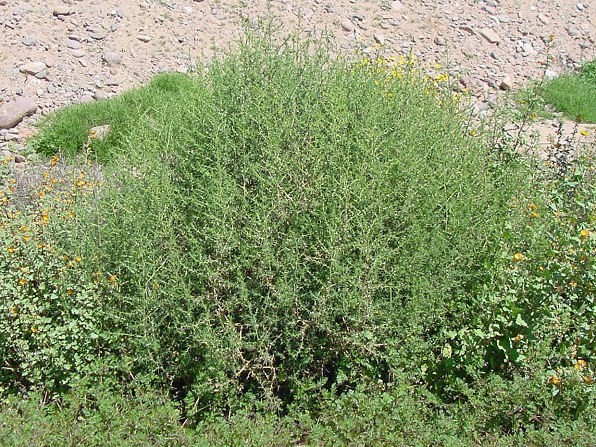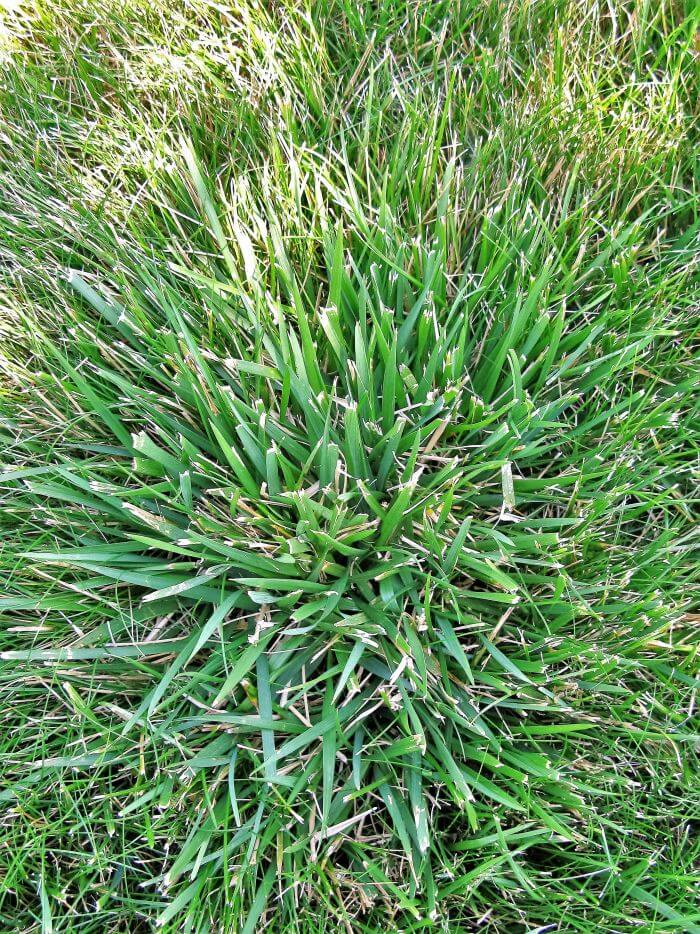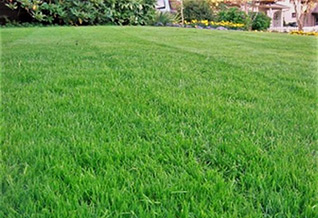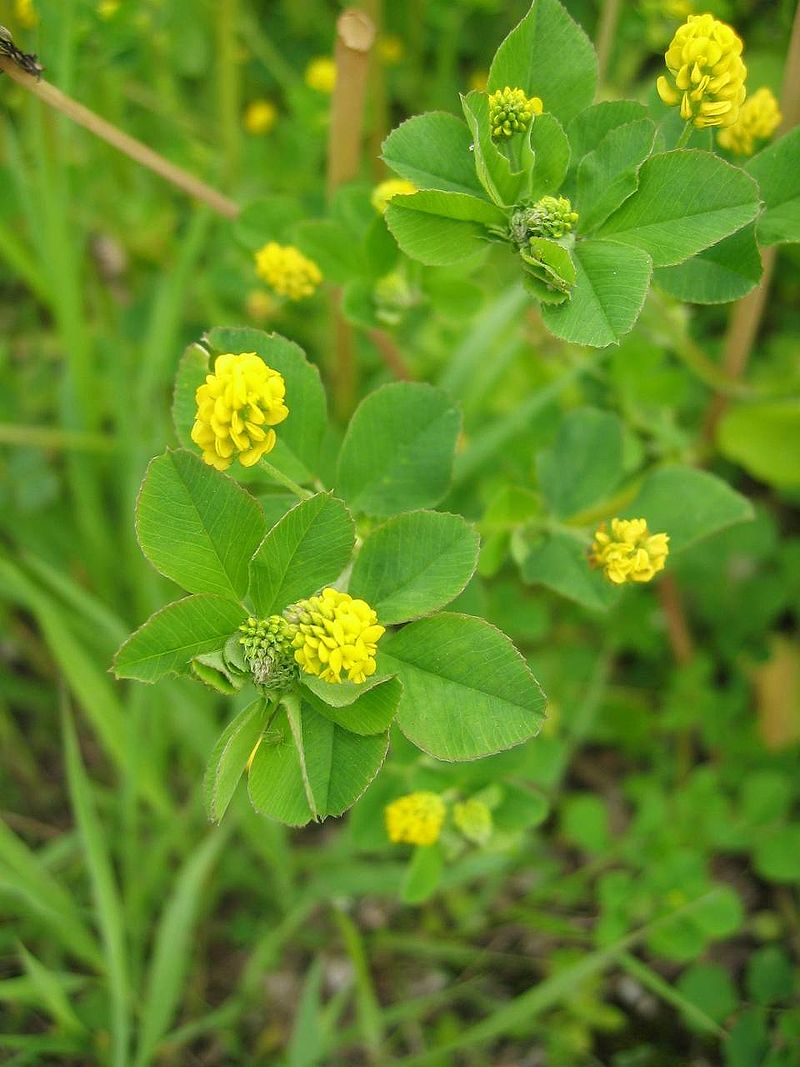Facts about Kochia
- This weed will turn into a tumbleweed in the fall.
- Kochia has edible seeds and young shoots. Deer also like to eat the foliage, and birds consume the seeds.
- Kochia can grow up about 5 feet tall.
- One plant can produce thousands of seeds, so it’s best to control this plant before it goes to seed.
- This weed was introduced to the North America in the 19th century as an ornamental plant.
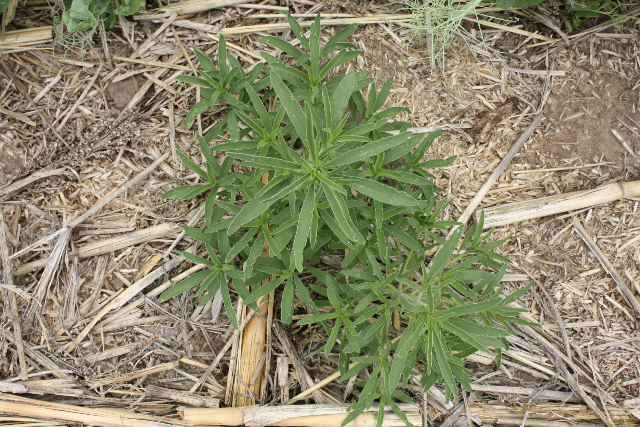
Ideal Conditions for Weed Growth
This annual weed is mainly found in native areas and pasturelands. It’s most prevalent where the soil is disturbed. It can be found in lawns, but that is quite rare because it will only grow in turf that is extremely drought stressed.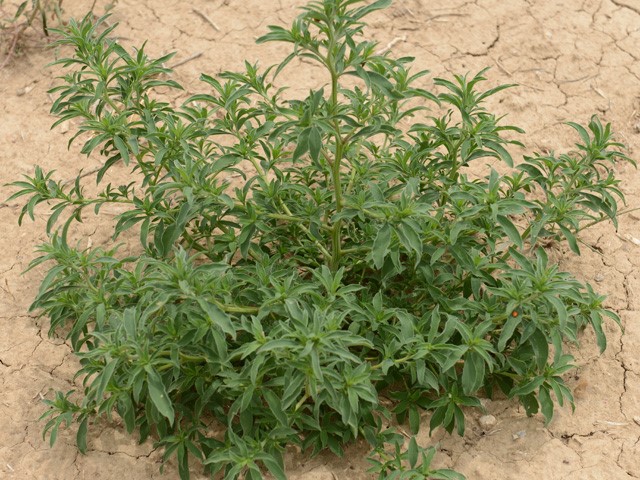
How to Control Kochia
As with many weeds, proper cultural practices will help to control any weed from taking over. This weed works as natural erosion control and with proper lawn watering can be out competed easily by grasses. If you have a native area, we can apply a weed control called Milestone. This weed spray gets good control of kochia, especially when young and actively growing. It can take 2-3 applications for a major kochia problem. Below is a photo of mature kochia. The younger the weed is during weed control treatments, the easier it will be to control. Young weeds that are actively growing will die much easier than old weeds that are drought stressed.Is this Kochia?
Russian thistle is related to kochia, but the plant itself looks quite different. Russian Thistle will have a bushier appearance with smaller branched stems. Both of these plants were turn into tumbleweeds, so they are sometimes confused. Below is a photo of Russian Thistle.